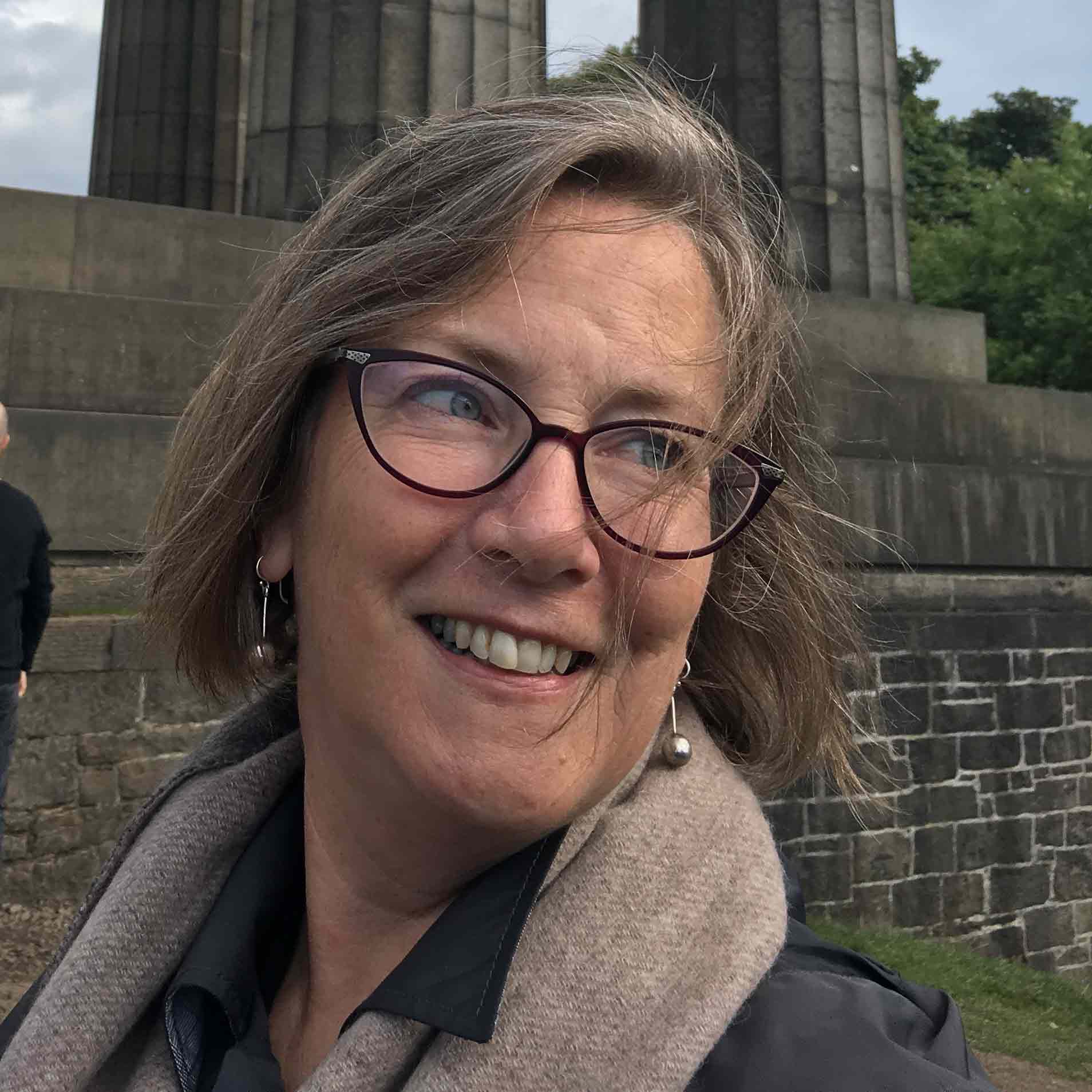Would it surprise you to hear that historic places and objects hold untapped power for helping us address climate change? We’ve seen that multiple International Panel on Climate Change reports and increasing evidence of the climate emergency haven’t moved the needle enough to stave off dire outcomes.
Clearly scientific data and technical language doesn’t reach everyone and misses crucial opportunities to deeply engage the public.
People are beginning to understand the “what” of climate change. We can do more on the “why,” “how,” and “who.” This is where stories are a powerful tools.
Can stories make the difference?
Social scientists and neuroscientists tell us that compelling narratives that reflect communal values and allow people to see themselves in the story are important tools for social transformation. To fully understand and imagine meaningful solutions to climate change, people need opportunities to understand more deeply how and by whom it was caused.
Centering human narratives allows people to see themselves and their communities within the story. It also begins to account for the environmental injustices exacerbating climate change’s impacts on marginalized communities.
What is a historian to do?
In 2017, when wildfires transformed my San Francisco Bay Area home into a dystopia, I began to think about what skills I could bring as a public historian to what I was finally acknowledging as a climate emergency.
Like many people, I imagined that this would happen elsewhere, and in the future, and believed that watching my carbon footprint, showing up at protests, and donating to climate organizations was an adequate response.
As I contemplated what public history practice could offer to movements mobilizing to combat climate disruption, I began with Rosie the Riveter/WWII Home Front National Historical Park, which I helped establish in Richmond, CA. I realized that some of the Park’s central interpretive themes, such as wartime “total mobilization,” provided hopeful precedents that might shake others out of their somnolence, as I had just done.
In 2021 a colleague and I convinced the US National Park Service to engage us to create a new way to talk about climate change at national parks. I am currently completing work on a toolkit titled History and Hope: Interpreting the Roots of Our Climate Emergency and Inspiring Action. Though the word “history” is in the title, the toolkit’s framework applies to parks viewed as “natural” as well as those we deem “historic” resources. Human interaction with the environment is embedded in the stories we find everywhere.
Climate change is a novel threat that challenges the continuity of systems we’ve relied on; the future promises to be very different from what we’ve known. Yet looking backward can give us sustenance and tools to face these changes. Achievements and innovations of the past illustrate the resilience, adaptability, and creativity that will allow us to address and solve large and complex issues. Utilising these stories with purpose can inspire the public to remain hopeful and address climate change at the scale that is required to make meaningful change.
Stories lead to conversation and action
We know from research that a majority of people in the US and UK recognize climate change is happening. Many understand the impacts will affect them in their lifetime. Despite that, most people don’t talk about their concerns regularly and the discourse on climate change can feel like it’s missing a crucial step of motivating people to act. That crucial step is where people see themselves as a part of the story, and a part of the solution.
Narratives we craft about places can reveal histories of loss and resilience, deepen understanding of and connections to places that will undergo dramatic changes, and reinforce the importance of understanding legacies of environmental injustice in addressing the effects of our climate emergency.
In addition to making the historic roots of climate change clear, we can provide examples when society reorganized to face immense challenges. Narratives like these can allow people to collectively envision their own roles in addressing our climate emergency with the knowledge, urgency, and hope required.
Find out more about Donna's Fulbright residency in the Department of History.





